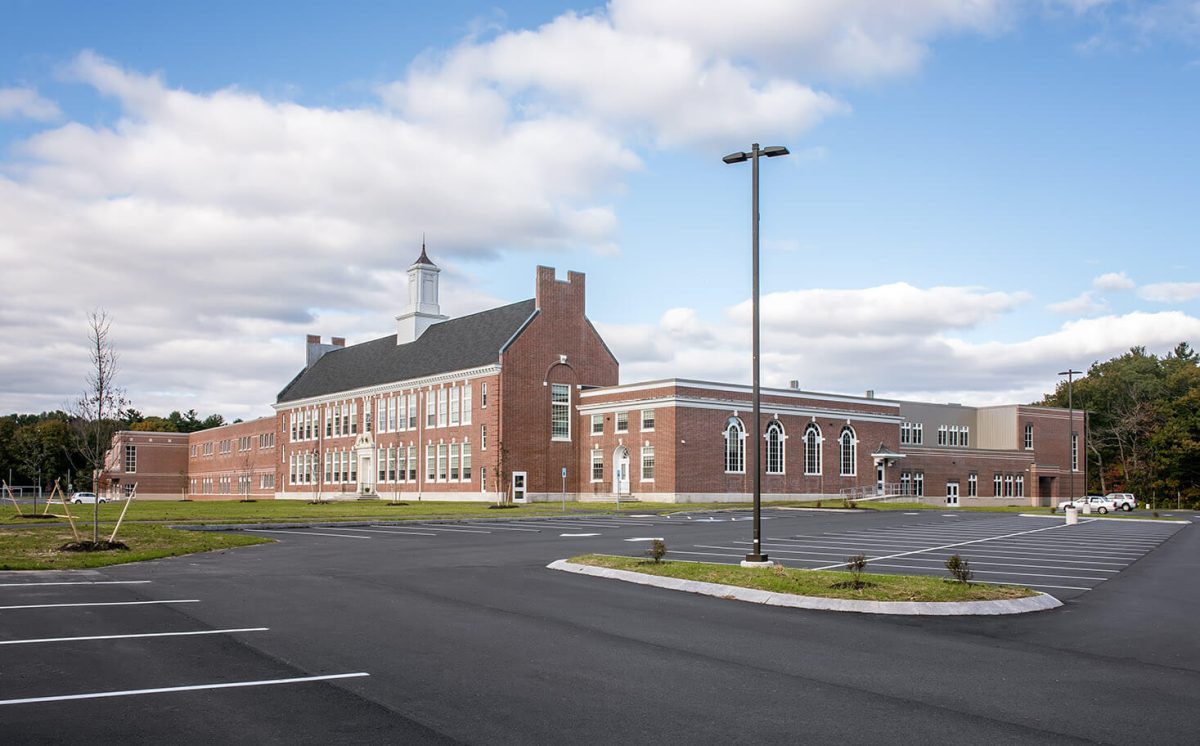At 10:22 a.m. on January 27th, a magnitude 3.8 earthquake struck off the coast near York Harbor, sending a subtle but noticeable shake across southern Maine, New Hampshire, and even parts of Massachusetts. Initially, the U.S. Geological Survey (USGS) recorded the seismic activity as a magnitude 4.1, but it was later downgraded to 3.8, which is considered mild. With a depth of approximately 8.2 miles, the earthquake lasted between 20 and 25 seconds. While most residents reported little to no damage, there was concern about its impact on the older buildings throughout the East Coast.
Maine is not known for seismic activity, but small earthquakes are relatively common; there have been five in the past 365 days. This was one of the largest recorded in recent years, and the only one residents could feel. Unlike in the Western United States, earthquakes in Maine are not linked to active fault lines. Instead, they are primarily caused by stress in the Earth’s crust caused by the movement of North American tectonic plates. Another possible cause of earthquakes in Maine is the lingering effects of the last ice age; as prehistoric ice melts, the tectonic plates shift. While scientists know a lot about earthquakes, there is still much to be discovered.










